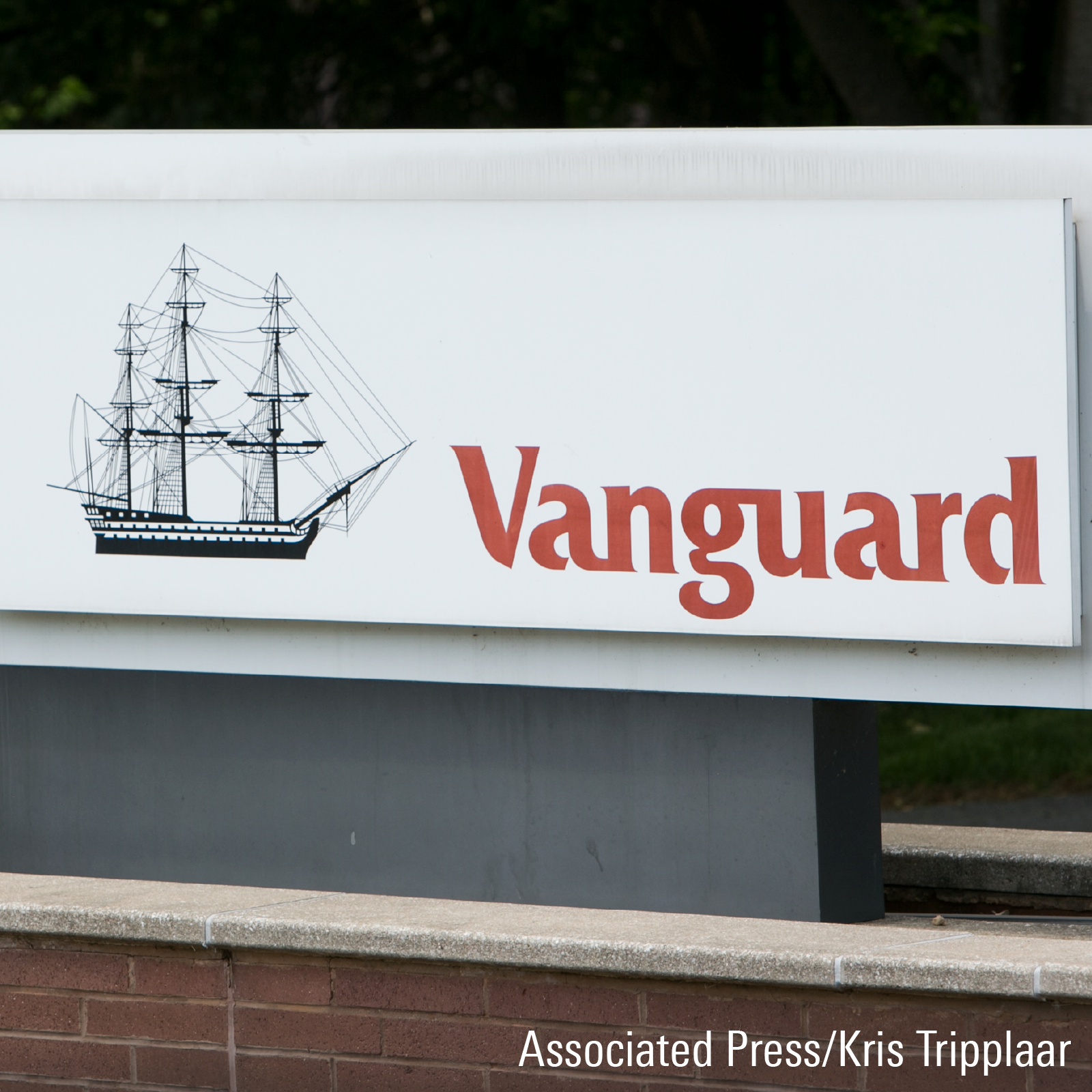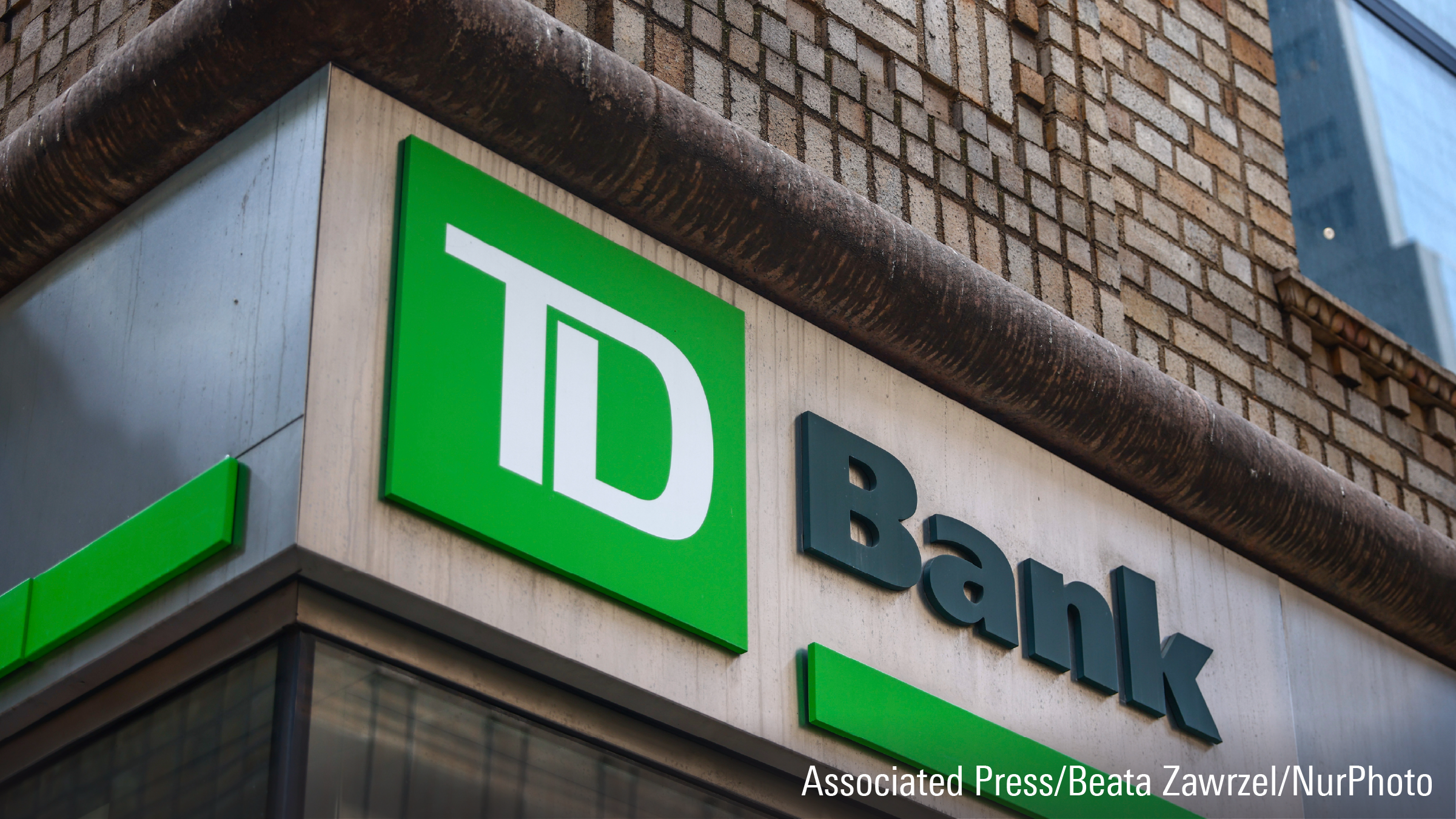
Typically, “low volatility” funds offer investors downside protection from falling stock markets but the price is usually less upside participation.
While the goal is better “risk-adjusted” returns than the benchmark index over the long term, BMO Low Volatility Canadian Equity ETF (ZLB), which trades on the TSX has actually provided superior absolute returns over time.
The ETF scored average annual compound returns of 8.4% for the five years ended Sept. 30 and 10.1% for 10 years, putting it in the top quartile for both periods. (The ETF is also available within a BMO mutual fund wrapper).
“The low volatility strategy tends to perform as good or better than the broad benchmark over the long term,” says Chris Heakes, Toronto-based vice president and portfolio manager, global structured investments at BMO Asset Management Inc. “It’s somewhat counterintuitive, as less risk tends to create an expectation of lower returns, but we’ve back-tested the strategy going back 30 years and higher-risk stocks don’t provide better returns over the long term.”
A Decade of Outperformance
From inception in October 2011 to September 30, 2023, the BMO ETF chalked up an average annual compound return of 11.2%, handily beating the TSX Composite Total Return’s average gain of 7.3% by almost four percentage points a year on average. As of October 4, 2023, the fund is ranked 2nd percentile among 192 funds at the 10-year mark.
However, low vol doesn’t outperform in every environment, and the ETF has lagged during the recent period of technology stock dominance in the market, excitement around artificial intelligence and a preference for growth stocks.
For the year to Sept. 29, ZLB gained 0.8% lagging the 3.4% shown by the TSX Composite. The fund was not invested in stocks that were big drivers of the index such as Shopify Inc. and energy stocks.
Low-Beta Stock ETF
The composition of the ETF is based on a customized rules-based strategy developed by BMO that focuses on companies with a lower beta or volatility pattern than the index over five-year periods.
Companies are drawn from the top half of the 250 companies in the TSX composite. The portfolio is typically comprised of the most stable 45 of those stocks, and they tend to be mid-to-large-capitalization companies. The most heavily weighted stocks can make up 4% to 5% of the ETF portfolio, while the lighter weights are around 1%.
The portfolio is reviewed twice a year - in May and in November – and stocks may be trimmed, removed or added depending on their latest five-year beta pattern. The ETF tends to have a relatively low turnover of about 25% a year, and its holdings are noticeably different than the TSX Composite.
Canadian Bets Without the Banks
For example, while financials such as the big banks make up 20% of the TSX, they would account for a lesser 10% portion of ZLB, and there are no big banks in the top 10 holdings. According to Heakes, the big banks tend to have a beta closer to market averages, whereas the ETF is focusing on companies with lower betas.
Currently, ZLB’s dominant holdings lean toward utility and grocery companies. The largest company is utility Hydro One Ltd. H, followed by food companies Empire Co. Ltd. EMP.A, Metro Inc. MRU and Loblaw Cos. Ltd. (L). Another utility, Fortis Inc. FTS is also in the top 10.
“We have held some stocks for more than a decade and they have been terrific compounders of value,” Heakes says.
Among these perennial favourites are Dollarama Inc. DOL and Waste Connections Inc. WCN.
The low beta parameters of the rules-based strategy tend to lead the team to companies that also have good fundamentals such as strong balance sheets and healthy earnings growth, as well as attractive valuations.
Because volatility tends to increase as stocks become overvalued, the strategy can result in stocks being sold as they become expensive, Heakes says, and this reduces risk. For example, Valeant Pharmaceuticals International Inc. (now Bausch Health Companies Inc.) qualified as a holding at early in the ETF’s history. It was once the most valuable company on the TSX, but as the firm became more aggressive and took on larger amounts of debt its stock volatility rose.
“Following our parameters, we got out of Valeant before the full magnitude of the drawdown,” Heakes says. “The discipline of our process can lead to timely harvesting of gains. Some companies can get ahead of their skis from a valuation perspective, and a high P/E may play a role in volatility. ”
Allocation Size and Rate-Sensitivity Regulation
To control risk, no one stock sector represents more than 35% of assets, and interest rate-sensitive sectors in total – including consumer staples, real estate, telecoms and utilities – are limited to no more than 50% of the assets.
“We have the ability to take a qualitative look at the methodology to ensure it continues to make sense,” says Heakes. “We are always evolving and evaluating the process, and we will make minor tweaks along the way to make sure it’s doing what we want it to. We will adapt if necessary, but we don’t tinker that often.”
Adequate diversification is part of the process, and consideration is given to how companies complement each other. While there is no exposure to oil and gas, the portfolio’s top 10 includes two gold giants, Franco-Nevada Corp. and Barrick Gold Corp. Heakes says gold companies often “zig when the index zags, ” helping to smooth out returns.
“Energy is the second biggest sector in the TSX after financials, but it screens as higher risk and we don’t have exposure to it,” Heakes says. “We are more defensive than the broad market.”
Twice the Upside
From inception to July, 2023 the fund’s upside capture relative to the TSX Composite Total Return index was a healthy 80.42%, and its downside capture was 36.23%, based on monthly averages.
While ZLB’s management team doesn’t try to predict trends or themes, Heakes says the ETF is well positioned for any economic slowdown.
“Recession fears are ticking back up and there has been more stock market volatility recently,” he says. “We’re seeing a hawkish Fed in the U.S. and high interest rates may be with us for a while.”





















